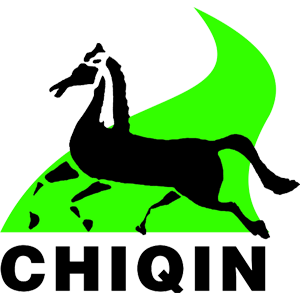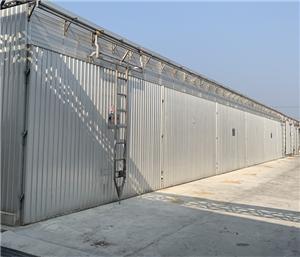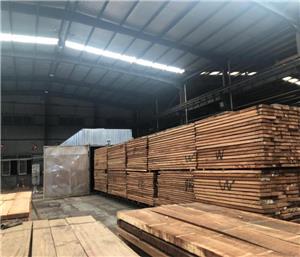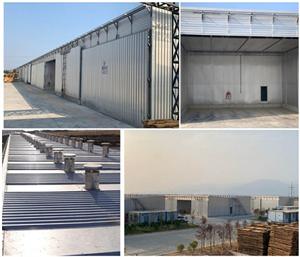-
0407-2022
"Illustration" of the whole process of wood drying
A schematic diagram of the wood drying process. The wood waste collected during the wood processing process is burned in the boiler to provide thermal resources for the wood drying kiln.
-
2906-2022
Drying kiln equipment structure 2
Conventional drying kilns are generally composed of kiln body, kiln door (lifting door device), heating system, humidity control system, air circulation system, intake and exhaust system, detection system and control system.
-
2104-2022
The Indonesian customer installed two wood drying kilns by himself
After more than 20 days of efforts, the Indonesian customer installed two wood drying kilns by himself according to the drawings, videos and remote installation instructions provided by our company
-
0307-2023
What is wood carbonization?
Wood carbonization, also known as wood high-temperature heat treatment (Thermal Modification), is an environmentally friendly wood that uses water vapor, inert gas, oil, water, etc. as heat-conducting media to perform short-term pyrolysis treatment on wood at a temperature of 160-250 °C. Physical Protection Technology.
-
0805-2023
Significance of wood drying
Wood drying is the process of heating the wood under the condition of controlling the medium temperature and relative humidity, so that the internal moisture of the wood moves to the surface, the surface moisture evaporates to the outside, and the process of gradually removing moisture from the wood. In order to achieve effective drying quality, it is necessary to control the temperature and humidity of the drying medium, and adopt a reasonable drying process and operation method. The more common method used at present is the method of convection drying.So what are the benefits of drying wood? There are mainly the following aspects:
-
1004-2023
Performance characteristics of carbonized wood
Carbonized wood is a modified product of high-temperature heat treatment of wood. Compared with ordinary wood, it has a series of characteristics:
-
2903-2023
Classification and use of carbonized wood
Classification According to the performance and application of the product, carbonized wood can be divided into two categories: indoor use and outdoor use. In addition to the requirements for appearance quality, the former mainly requires dimensional stability. The tangential swelling and drying shrinkage of the wood is required to be 6-8%, and its corrosion resistance level is required to be grade Ⅲ—slight corrosion resistance; the latter, in addition to In addition to the requirements for appearance quality, the main performance requirement is biological corrosion resistance, and its corrosion resistance level is required to be level II—corrosion resistance. In addition, the chordwise swelling and drying shrinkage of wood are required to be 5-6%.
-
2703-2023
Requirements for carbonized wood production equipment
The industrial production of "carbonized wood" originated in Europe in the 1990s. Its typical production processes include: Thermal-wood, Retification, PLATO-process and oil-Treatment, etc. Carbonized wood production equipment at home and abroad can be divided into two categories: kiln type and tank type. Each has its own characteristics, but it has common requirements, and its process also has common characteristics.
-
0603-2023
Defects and Prevention of Wood Carbonization
When wood is carbonized, if the process or operation is improper, many defects will occur, mainly including cracking, deformation, uneven color, knot falling off, and even fire. However, if the causes of these defects are mastered, basically these defects can be prevented.
-
2702-2023
Classification of wood drying rooms(一)
Wood drying rooms are generally classified according to the following main features.




